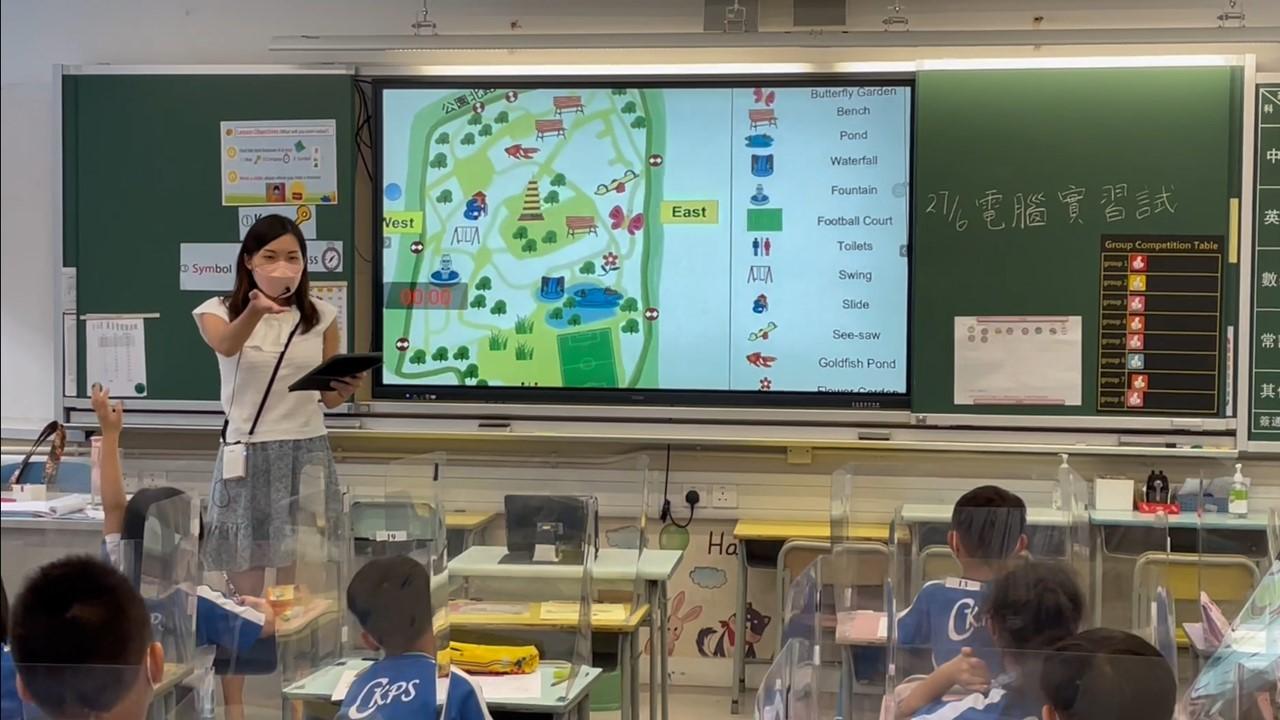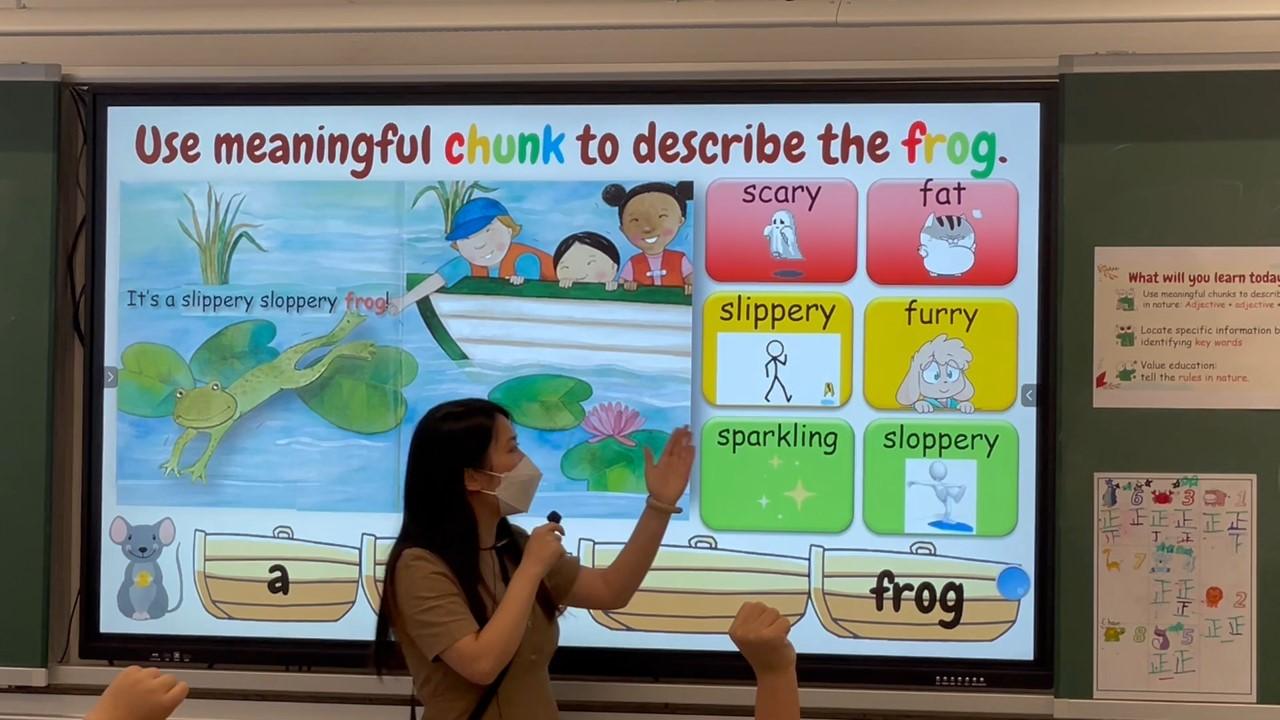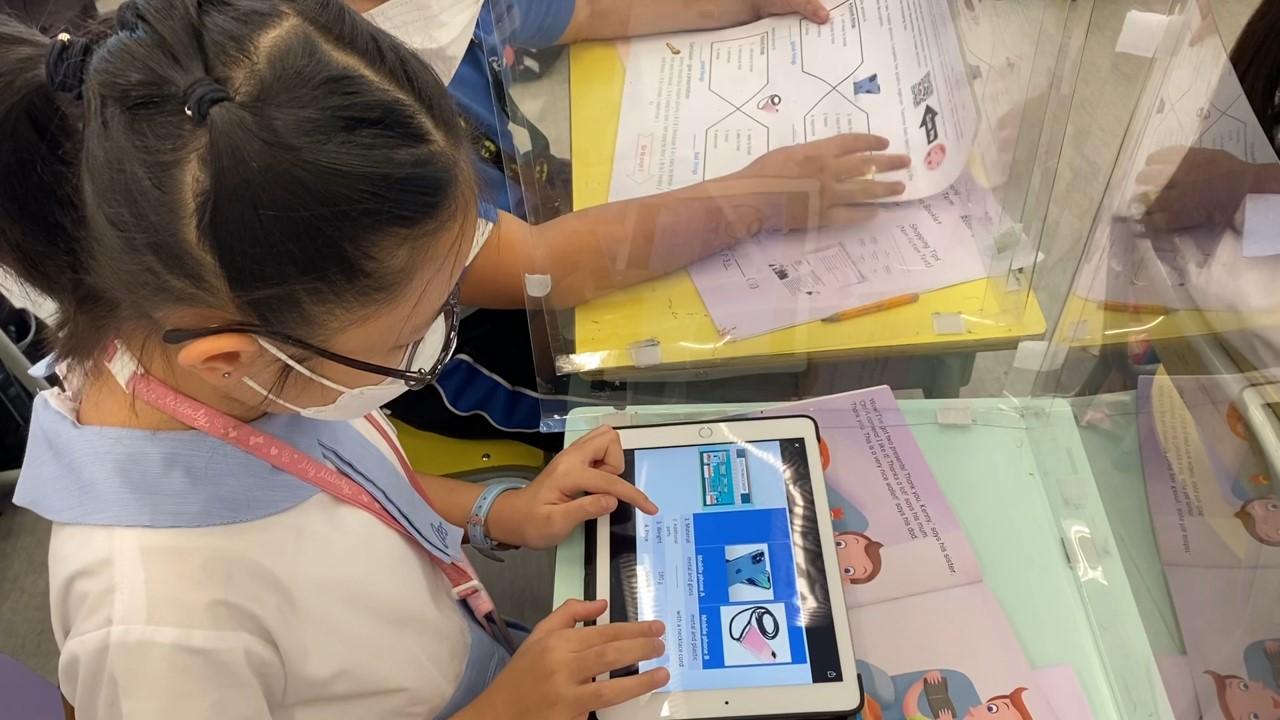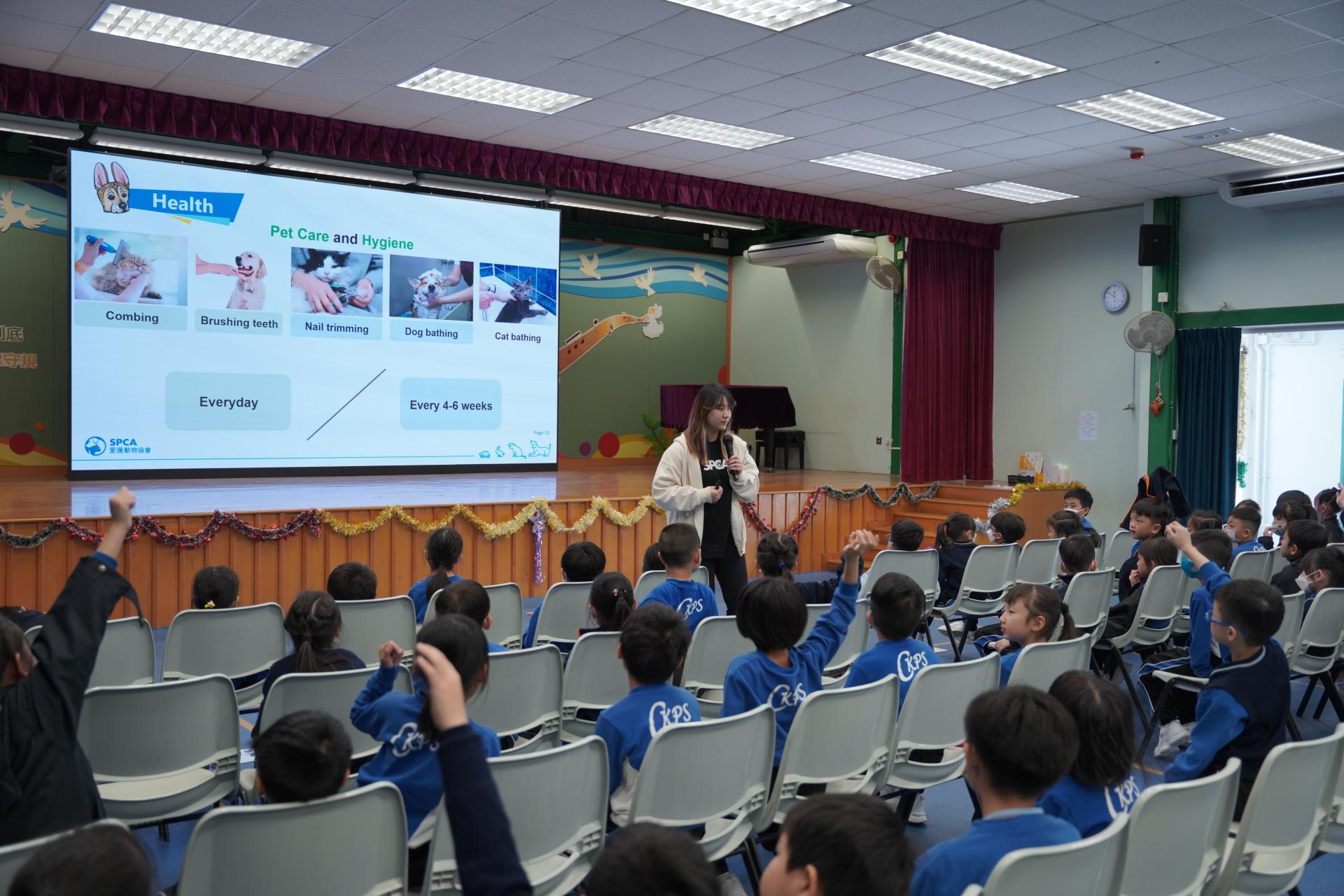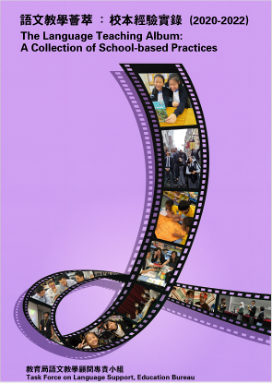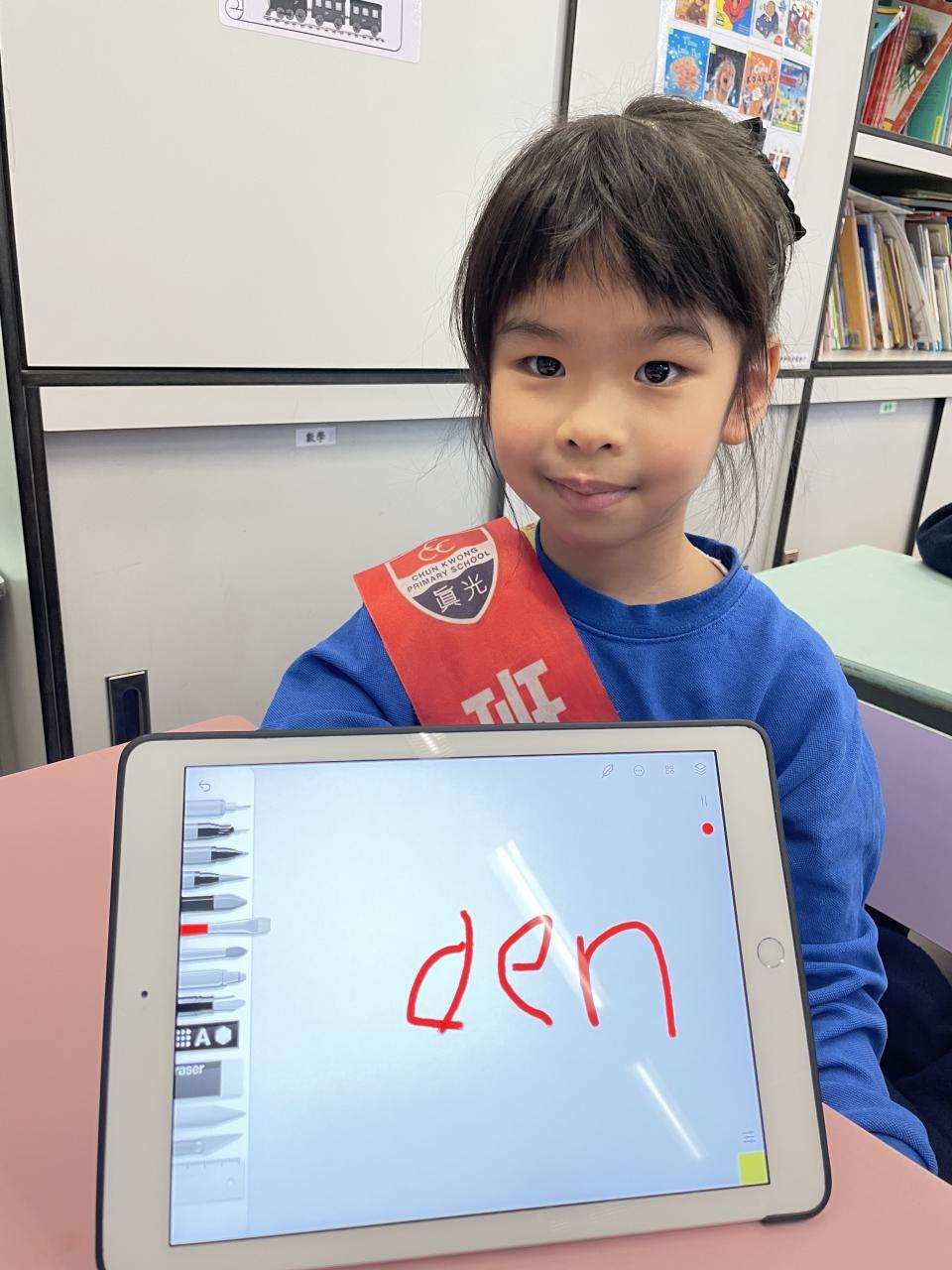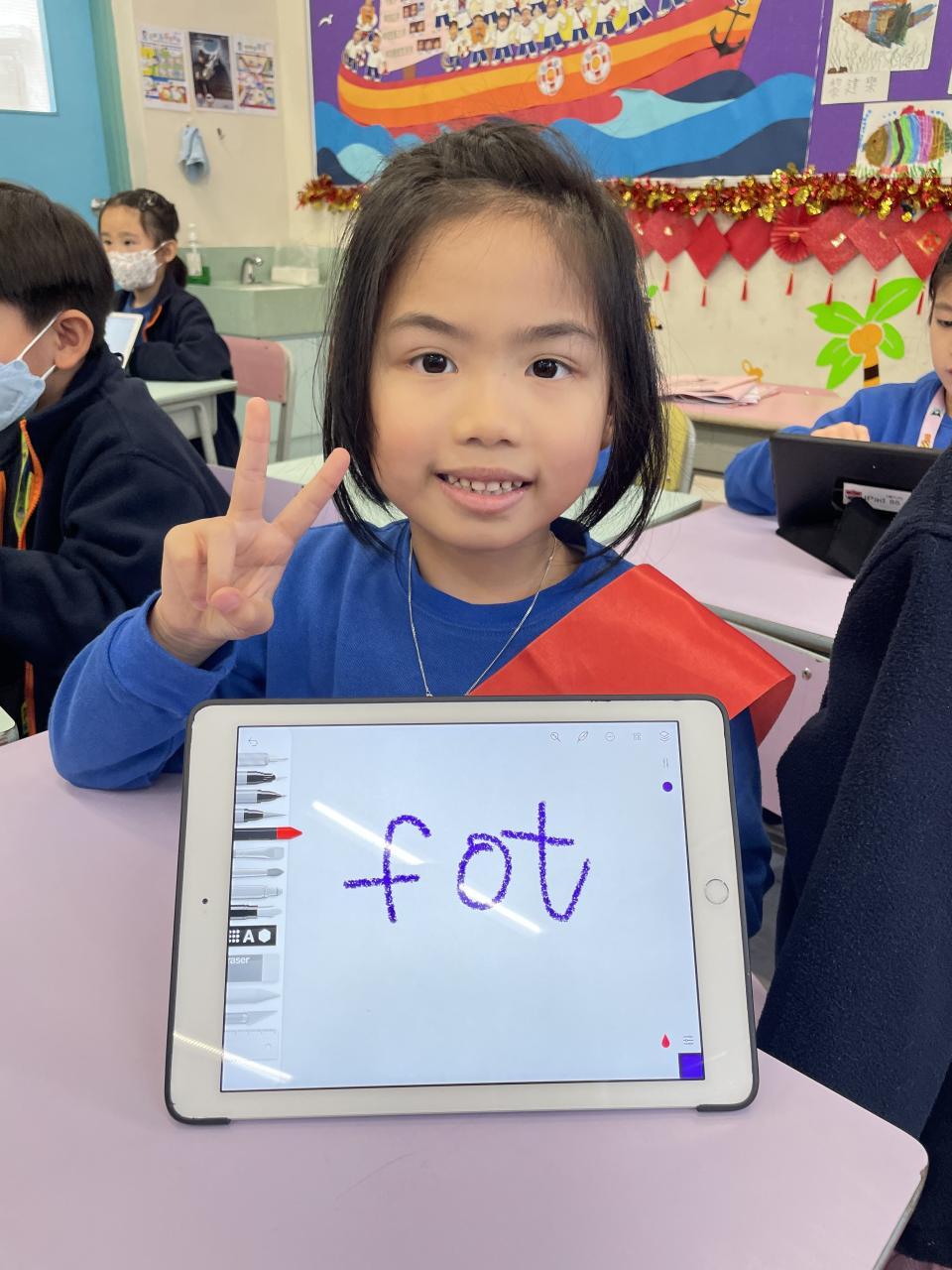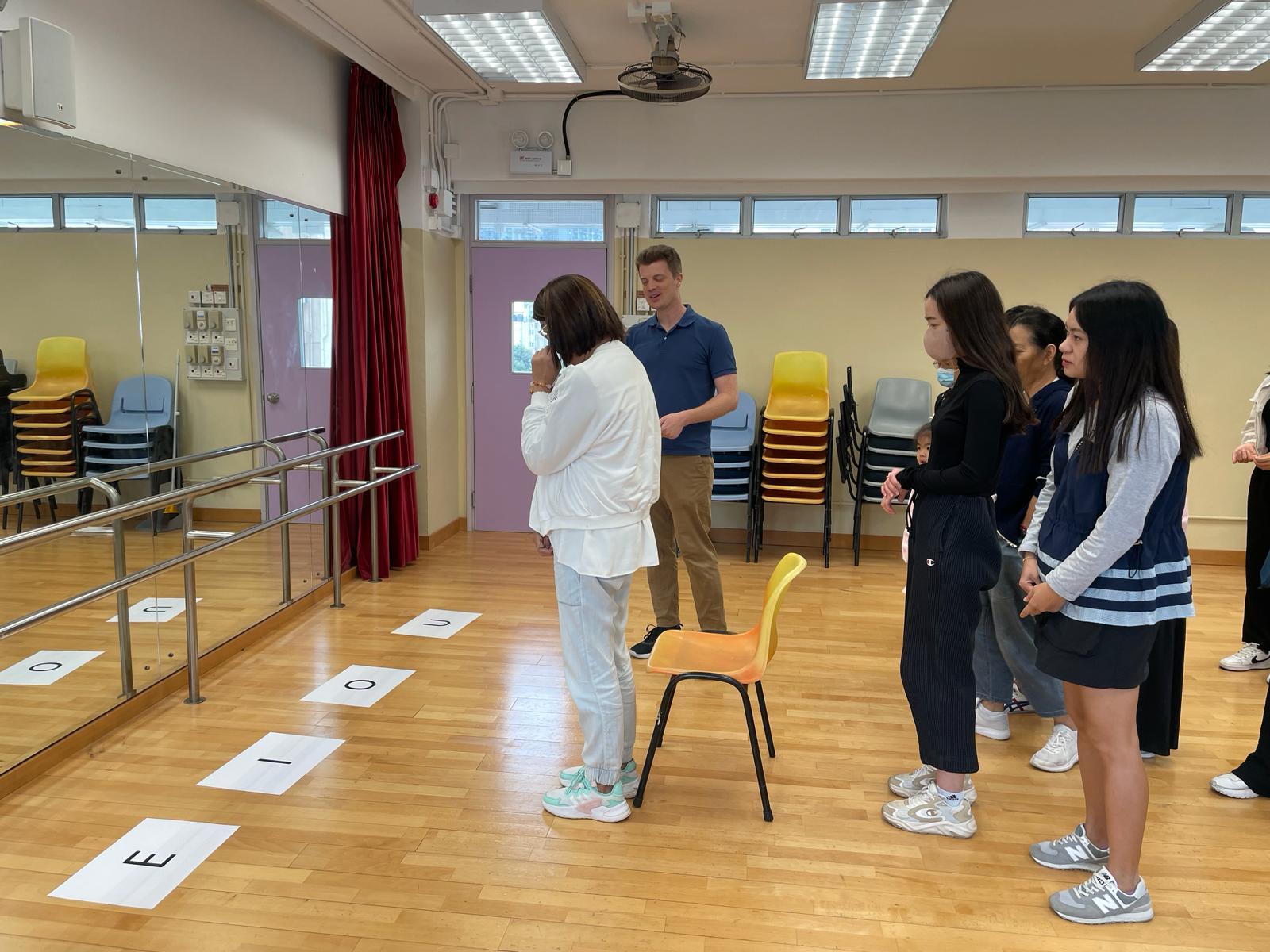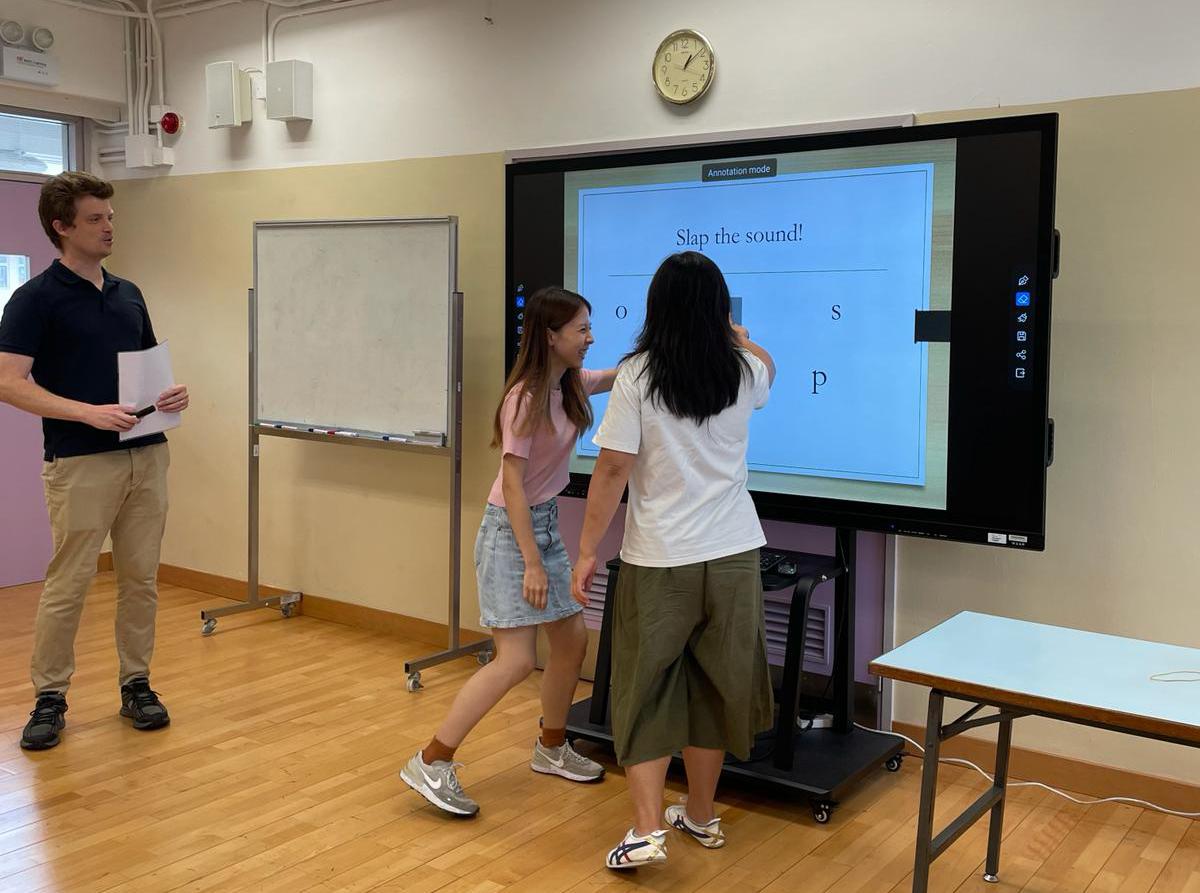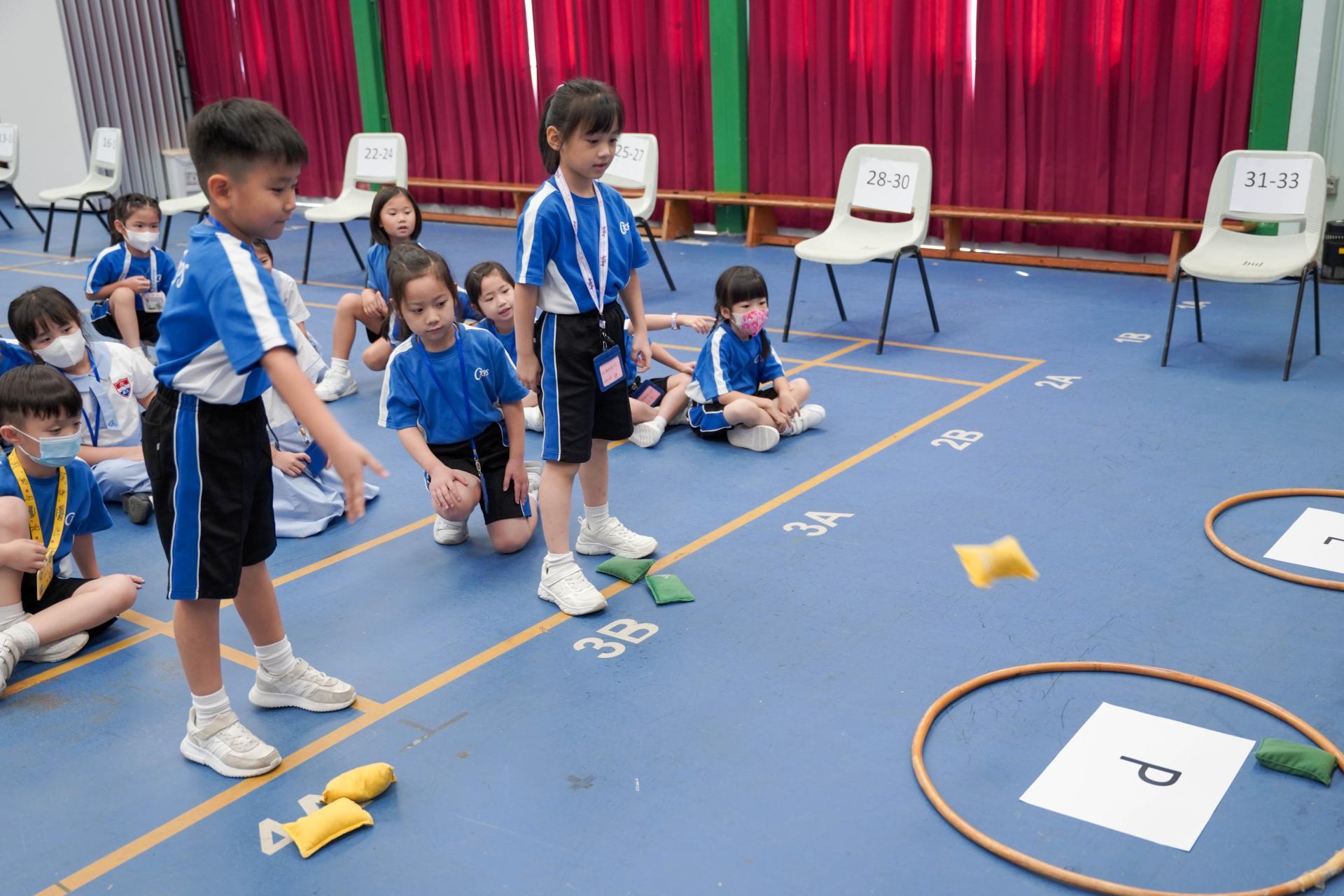Features
Reading and writing are complementary processes. Reading instruction is dual-purpose. It serves both to improve the students’ ability to understand texts that they read and to develop their own writing abilities. When the students see how they draw meaning from the texts, they can see how to instill meaning in their own work. They can employ this knowledge to their advantage in their writing.
At the same time, new curriculum initiatives such as Reading across the Curriculum, values education and self-directed learning are applied. By using authentic texts such as fictions and non-fictions, students learn with enjoyable and meaningful language learning activities. This provides experiences for students to learn to read and develop a reading to learn culture.
The good practices of our lessons were reported in the latest version of ‘The Language Teaching Album (2020-2022): A Collection of School-based Practices’ (Pages 112-122) which was published in June 2023 by the EDB.
The Language Teaching Album (2020-2022): A Collection of School-based Practices | |
|
https://cd1.edb.hkedcity.net/cd/languagesupport/compendium_2022.html |
Guided Reading
Guided Reading is to introduce the students to a wider variety of books with different text type features, and create an environment in which they are comfortable to read. It is also to cater for learner diversity by putting students into small groups, based on their reading level. Also, students will practise comprehension and decoding skills they have been taught in through the Shared Reading lessons.
Phonics Teaching
The purpose of the school-based phonics curriculum is to teach students sound-spelling relationships and how to use those relationships to read words. Explicit and systematic phonics instruction leads to better reading. The school-based phonics instruction leads to the development of word recognition, which leads to reading fluency and comprehension.
Application of Meaningful Tasks and Activities in the Lessons
Students are hoped to be able to communicate confidently and correctly in formal and informal situations; read and understand a range of English texts to get information and joy; write a range of texts using suitable and correct language, style and form through media; appreciate and show understanding of English language literary or creative works for enjoyment, and use correct and suitable grammar in speech and writing.
For further information about our school-based English curriculum, please refer to the magazine article which was published in January 2024.



